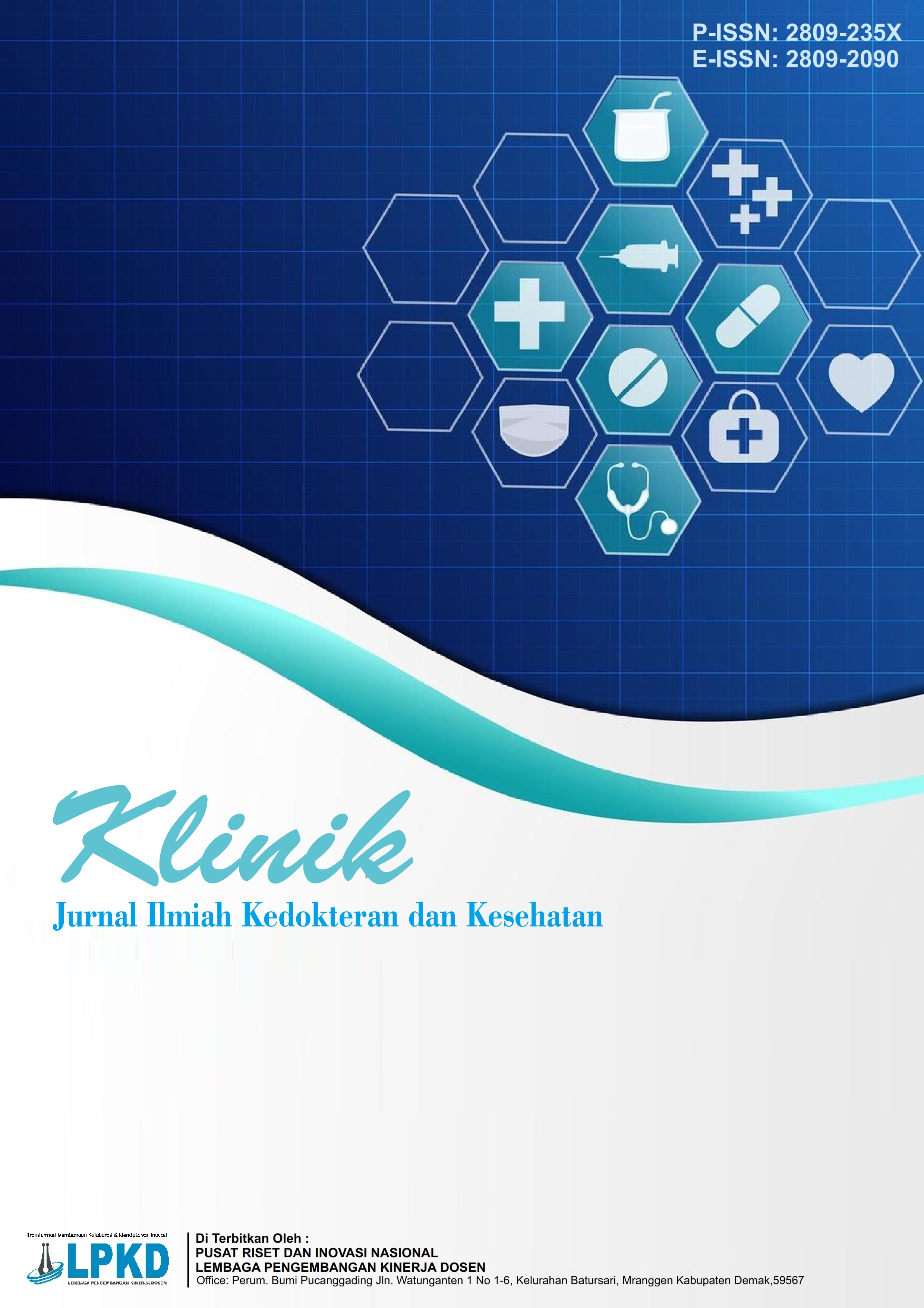Makna Citra Diri dalam Pengalaman Body Shaming Online
DOI:
https://doi.org/10.55606/klinik.v4i3.4248Keywords:
Adolescents, Body shaming, Emerging Adults, Self-ImageAbstract
This study aims to understand how individuals perceive and experience body shaming on social media, its impact on self-image, and the coping strategies employed in response. Using a qualitative approach, data were collected through an open-ended online questionnaire completed by 20 participants aged 18 to 22 years, consisting of 70% females and 30% males. The data were analyzed using thematic analysis to identify patterns in experiences, perceptions, and psychological responses to body shaming. The results indicate that most participants interpret body shaming as a form of verbal abuse rooted in narrow societal standards of the ideal body. Reported psychological impacts include decreased self-confidence, anxiety, and changes in online behavior, although some participants demonstrated resilience by employing coping strategies such as self-acceptance, lifestyle changes, and seeking social support from family and friends. The study also reveals that body shaming occurs not only in public digital spaces like TikTok and Instagram but also in private digital settings such as WhatsApp groups. These findings underscore the need for educational interventions, strengthened support from families and schools, and the development of protective digital policies and features to address verbal abuse on social media.
References
Alleva, J. M., Tylka, T. L., & Kroon Van Diest, A. M. (2017). The Functionality Appreciation Scale (FAS): Development and psychometric evaluation in U.S. community women and men. Body Image, 23(2017), 28–44. https://doi.org/10.1016/j.bodyim.2017.07.008
Basma, R. A. (2022). Persepsi terhadap citra tubuh dan kecemasan sosial pada remaja perempuan pengguna media sosial [Skripsi, Universitas Islam Sultan Agung].
Cash, T. F. (2005). The influence of sociocultural factors on body image: Searching for constructs. Clinical Psychology: Science and Practice, 79(4), 438–442. https://doi.org/10.1093/clipsy/bpi055
Cohen, S., & Wills, T. A. (1985). Stress, social support, and the buffering hypothesis. Psychological Bulletin, 98(2), 31.
Fardouly, J., Diedrichs, P. C., Vartanian, L. R., & Halliwell, E. (2015). Social comparisons on social media: The impact of Facebook on young women’s body image concerns and mood. Body Image, 13, 38–45. https://doi.org/10.1016/j.bodyim.2014.12.002
Homan, K. J., & Tylka, T. L. (2014). Appearance-based exercise motivation moderates the relationship between exercise frequency and positive body image. Body Image, 11(2), 101–108. https://doi.org/10.1016/j.bodyim.2014.01.003
Kartika, Y., Sofia, N., Sazali, H., & Andinata, M. (2023). Objektifikasi foto selfie perempuan pada akun Instagram @dd.id. Innovative: Journal of Social Science Research, 3(3), 1–16.
Lazarus, R. S., & Folkman, S. (1984). Stress, appraisal, and coping. Springer Publishing Company. https://books.google.co.id/books?hl=id&lr=&id=i-ySQQuUpr8C
Muhammad Bakri, Ariqah Muhlis, H. L., & Muhammad Djuwaini, Muhaimin, R. P. R. (2024). Budaya Madura dan literasi digital.
Perloff, R. M. (2014). Social media effects on young women’s body image concerns: Theoretical perspectives and an agenda for research. Sex Roles, 71(11–12), 363–377. https://doi.org/10.1007/s11199-014-0384-6
Puluhulawa, M. R. U., & Husain, R. (2021). Body shaming through social media as a digital crime in the era of disruption. Jambura Law Review, 3(1), 112–123. https://doi.org/10.33756/jlr.v3i1.7200
Rotter, J. B. (1966). Generalized expectancies for internal versus external control of reinforcement. Psychological Monographs, 80(1), 1–28. https://doi.org/10.1037/h0092976
Saputri, L. M., & Pinem, M. L. (2022). Glorifikasi kecantikan di media sosial: Studi kasus isu eksploitasi mahasiswi pada akun Instagram @ugm.cantik. Journal of Social Development Studies, 3(1), 70–85. https://doi.org/10.22146/jsds.4446
Wirawanda, R. A. Y. (2019). Representasi kekerasan simbolik dalam drama My ID is Gangnam Beauty terkait standar kecantikan. Program Studi Ilmu Komunikasi, Fakultas Komunikasi dan Informatika, Universitas Muhammadiyah, 11(1), 1–14.
Zsila, Á., & Reyes, M. E. S. (2023). Pros & cons: Impacts of social media on mental health. BMC Psychology, 11(1), 11–12. https://doi.org/10.1186/s40359-023-01243-x
Zuroida, A., & Kusnadi, S. K. (2022). Body image dengan perilaku bullying pada remaja. IDEA: Jurnal Psikologi, 5(2), 88–99. https://doi.org/10.32492/idea.v5i2.5203
Downloads
Published
How to Cite
Issue
Section
License
Copyright (c) 2025 Jurnal Ilmiah Kedokteran dan Kesehatan

This work is licensed under a Creative Commons Attribution-ShareAlike 4.0 International License.








